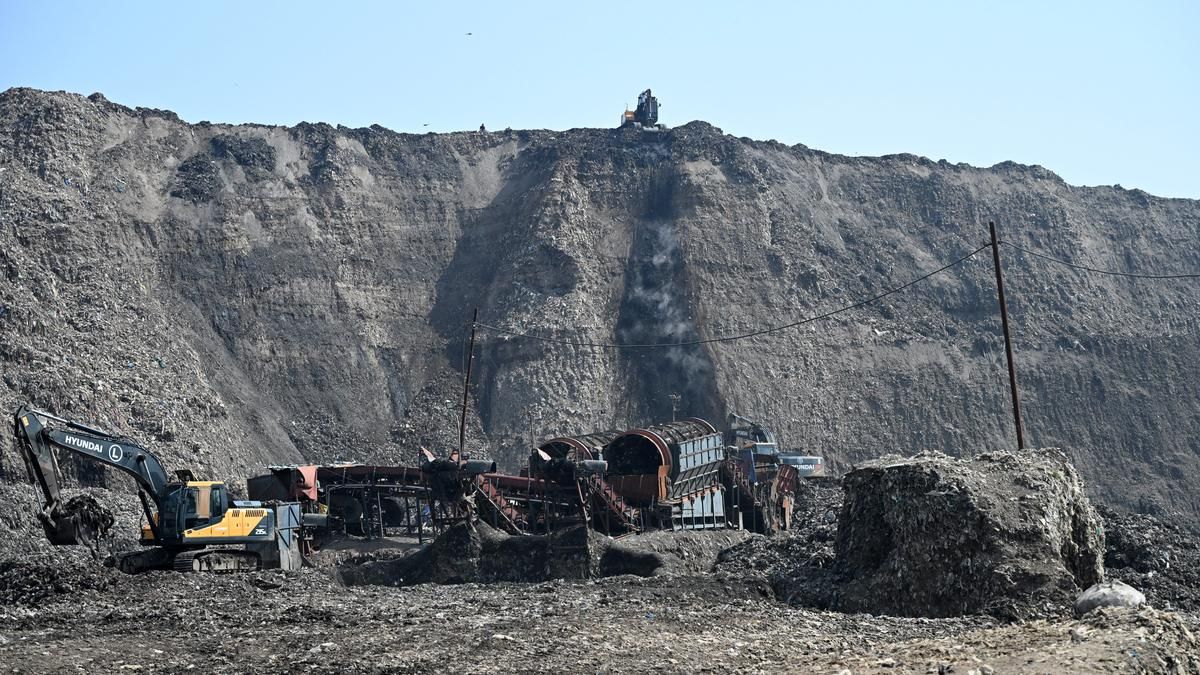What are the new rules on chemically contaminated sites?

In News
The Ministry of Environment, Forest and Climate Change (MoEFCC) has notified the Environment Protection (Management of Contaminated Sites) Rules, 2025 under the Environment Protection Act, providing a legal framework for identifying, assessing, and remediating chemically contaminated sites across India.
Key Facts from the News
- Definition: As per CPCB, contaminated sites are locations where hazardous or other wastes have been dumped historically, leading to soil, groundwater, and surface water contamination posing risks to human health and the environment.
- Extent:
- 103 contaminated sites identified across India.
- Remedial operations commenced at only 7 sites.
- New Rules Framework:
- Identification: District administration to submit half-yearly reports on suspected sites.
- Preliminary Assessment: State board or reference organisation to assess within 90 days.
- Detailed Survey: 3-month survey to confirm contamination and quantify hazardous chemical levels (189 chemicals listed under Hazardous & Other Wastes Rules, 2016).
- Public Disclosure: Sites exceeding safe limits to be publicised with access restrictions.
- Remediation Plan: Expert body to prepare clean-up plan.
- Polluter Pays Principle: Responsible parties to bear clean-up costs; otherwise, Centre/State to fund.
- Liability: Criminal liability under Bharatiya Nyaya Sanhita (2023) if contamination caused loss of life or damage.
- Exemptions: Radioactive waste, mining waste, marine oil pollution, and municipal solid waste dumps (governed by separate laws).
- Gap: No fixed timeline for returning contaminated sites to safe levels.
Static Context – Capacity Building Program for Industrial Pollution Management (CBIPMP)
- Initiated: 2010 by MoEFCC.
- Objectives:
- Inventory of probable contaminated sites.
- Develop guidance document for assessment & remediation.
- Create legal, institutional & financial framework for remediation (fulfilled now with 2025 rules).
Significance of the 2025 Rules
- Fulfills Legal Gap: First dedicated law to manage chemically contaminated sites.
- Institutional Mechanism: Defines roles for district administration, state boards, and expert bodies.
- Environmental & Public Health Protection: Prevents further spread of hazardous pollutants.
- Economic Implications: Reduces future remediation costs via early intervention.
Challenges Ahead
- Lack of remediation deadlines.
- Funding gaps in absence of identified polluters.
- Coordination issues between multiple agencies.
- Need for advanced clean-up technology and trained manpower.
Way Forward
- Set statutory timelines for remediation.
- Strengthen “Polluter Pays” enforcement.
- Enhance public participation and transparency in site monitoring.
- Promote PPP models for remediation technology development.
Updated – August 11, 2025 | 10:02 am IST | The Hindu
UPSC GS Paper 3 Environment Conservation Environmental Pollution Degradation Environmental Impact Assessment Environmental Governance MoEFCC Central Pollution Control Board Polluter Pays Principle Precautionary Principle Prelims Environment Mains Environment Current Affairs UPSC Prelims 2025 UPSC Mains 2025